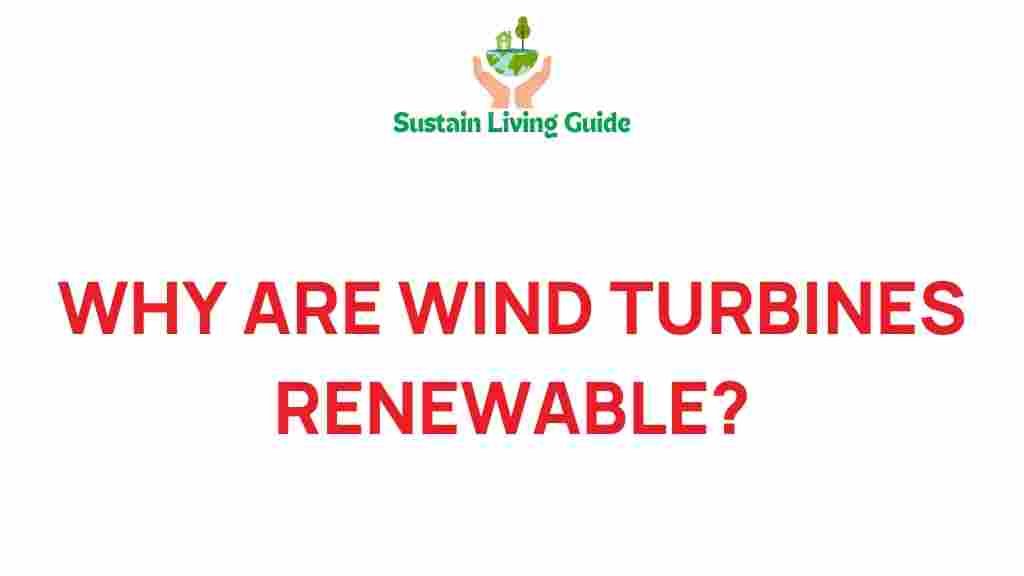Wind Turbines: The Future of Renewable Energy
As the world grapples with the pressing challenges of climate change, the search for sustainable energy solutions has never been more critical. Among the various renewable energy sources, wind turbines stand out as a beacon of hope. Harnessing the power of wind, these innovative structures convert kinetic energy into electricity, offering a clean, sustainable alternative to fossil fuels. In this article, we will explore why wind turbines are poised to shape the future of renewable energy, delving into their benefits, the technology behind them, and the challenges they face.
The Growing Importance of Wind Energy
Wind energy has emerged as one of the fastest-growing energy sources globally. According to the Global Wind Energy Council, the total installed wind capacity worldwide reached over 743 GW in 2020, and this number continues to climb. The increasing focus on reducing carbon emissions and transitioning to cleaner energy sources is propelling the growth of wind turbines in the energy landscape.
- Environmental Benefits: Wind energy is one of the cleanest forms of energy. It produces no greenhouse gas emissions during operation, significantly reducing the carbon footprint.
- Economic Advantages: The wind energy sector creates jobs in manufacturing, installation, and maintenance, thus contributing positively to local economies.
- Energy Independence: Utilizing wind resources reduces reliance on imported fuels, enhancing national energy security.
How Wind Turbines Work
Understanding the operation of wind turbines is crucial to appreciating their role in renewable energy. Here’s a step-by-step breakdown of how they function:
1. Wind Capture
Wind turbines are designed with large blades that catch the wind. When the wind blows, it creates lift, causing the blades to rotate. This rotational motion is the first step in converting wind energy into electricity.
2. Energy Conversion
The rotating blades are connected to a rotor, which spins a generator inside the turbine. This generator converts the mechanical energy from the spinning rotor into electrical energy through electromagnetic induction.
3. Power Transmission
Once the electricity is generated, it is transmitted through cables to a transformer, where the voltage is increased for distribution. The electricity is then fed into the power grid, supplying homes and businesses with renewable energy.
4. Monitoring and Control
Modern wind turbines are equipped with sophisticated monitoring systems that optimize performance. Sensors track wind speed and direction, allowing the turbine to adjust its position for maximum efficiency.
Types of Wind Turbines
There are two primary types of wind turbines: horizontal-axis and vertical-axis. Each type has its unique advantages and applications.
Horizontal-Axis Wind Turbines (HAWT)
- Design: These turbines have blades that rotate around a horizontal axis.
- Efficiency: HAWTs are generally more efficient and are commonly used in large wind farms.
- Height: They are typically taller, allowing them to capture higher wind speeds at altitude.
Vertical-Axis Wind Turbines (VAWT)
- Design: VAWTs have blades that rotate around a vertical axis.
- Versatility: They can operate in turbulent wind conditions and are suitable for urban environments.
- Maintenance: VAWTs are easier to maintain as their components are located closer to the ground.
Challenges Facing Wind Turbines
While wind turbines offer numerous benefits, they also face challenges that must be addressed to fully realize their potential:
1. Intermittency of Wind
Wind is not a constant resource; it can be unpredictable. This intermittency poses challenges for energy production and grid stability.
2. Environmental Concerns
Despite being clean energy sources, wind turbines can impact local wildlife, particularly birds and bats. Proper siting and technology improvements can mitigate these effects.
3. Initial Costs
The installation of wind turbines can involve significant upfront costs. However, these costs are decreasing as technology advances and economies of scale are realized.
Maintenance Tips for Wind Turbines
To ensure the longevity and efficiency of wind turbines, regular maintenance is essential. Here are some tips:
- Regular Inspections: Schedule routine inspections to identify and address potential issues before they become significant problems.
- Lubricate Moving Parts: Keep all moving components well-lubricated to minimize wear and tear.
- Monitor Performance: Use monitoring systems to keep track of performance metrics and detect anomalies early.
Conclusion: A Bright Future for Wind Turbines
As we move toward a more sustainable energy future, wind turbines are a vital component of the renewable energy landscape. Their ability to generate clean, reliable energy makes them an essential tool in combating climate change and enhancing energy security. While challenges remain, advancements in technology and increasing public support are paving the way for a brighter future powered by wind. For more information on renewable energy solutions, check out this comprehensive guide.
In conclusion, wind turbines represent not just a technological innovation but a crucial step towards a sustainable future. By embracing and investing in this clean energy source, we can harness the power of nature to fuel our lives responsibly.
This article is in the category Energy and created by SustainLivingGuide Team
